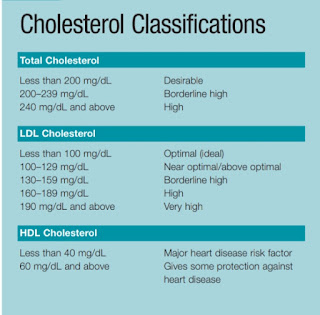Healthy Breakfast Ideas Under 10 Minutes

Healthy Breakfast Ideas Under 10 Minutes We’ve all heard it before “Breakfast is the most important meal of the day.” But let’s be honest… mornings can be hectic! Between getting ready, preparing for work or school, and maybe even handling family chores, breakfast often gets skipped or replaced with a quick cup of tea or coffee. The good news? A healthy, energizing breakfast doesn’t have to take a lot of time. You can make delicious, nutritious meals in 10 minutes or less no fancy ingredients, no stress! Let’s look at some quick and easy breakfast ideas that will keep you full and active all morning. 1. Overnight Oats Make it the night before and wake up to a ready-to-eat, creamy breakfast! How to make: Mix ½ cup oats with ½ cup milk or yogurt. Add fruits like bananas, apples, or berries. Sprinkle chia seeds or nuts on top. Refrigerate overnight. 👉 Ready in seconds the next morning! 2. Egg & Veggie Scramble A protein-packed breakfast that’s full of flavor. How to ...






